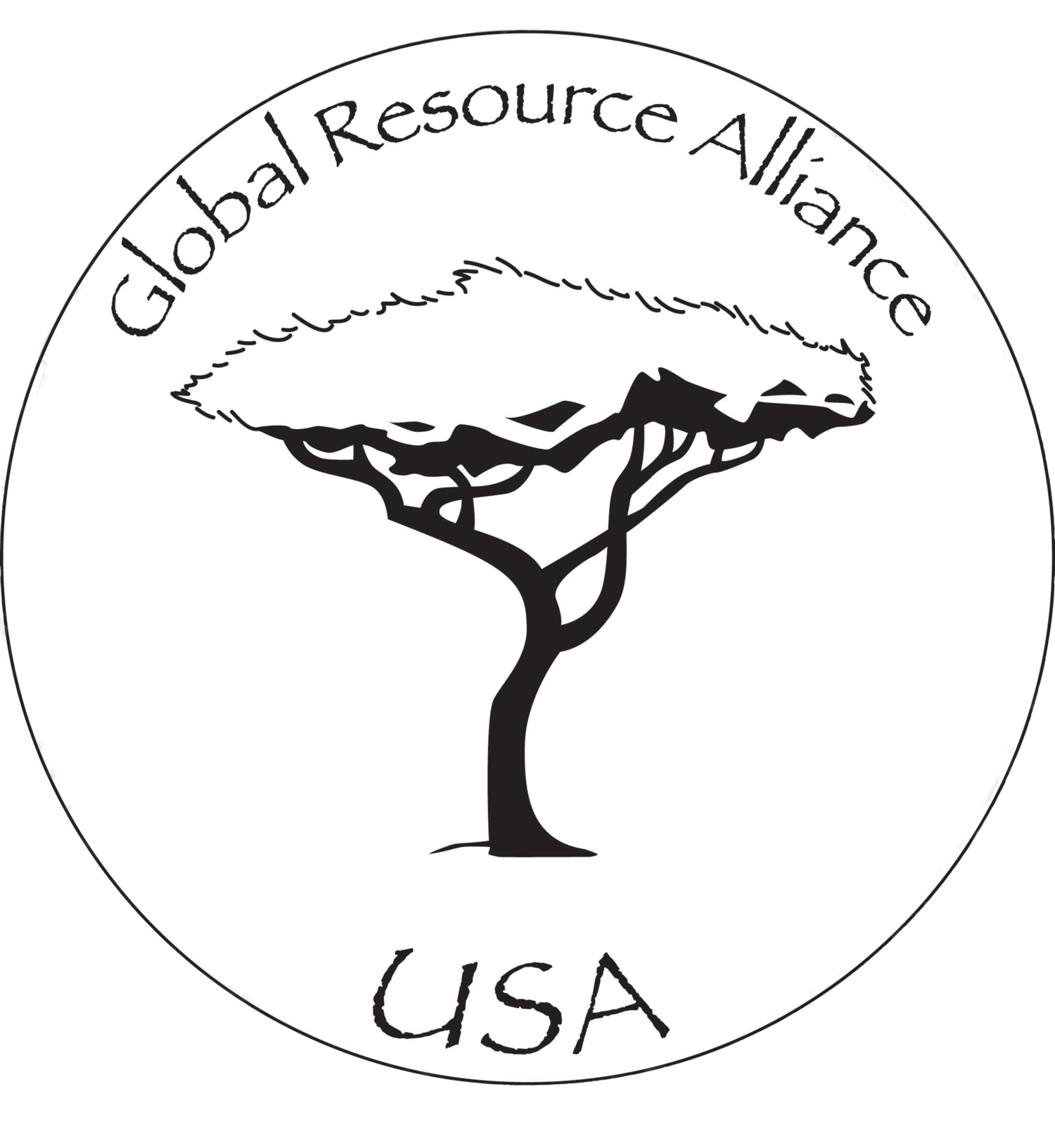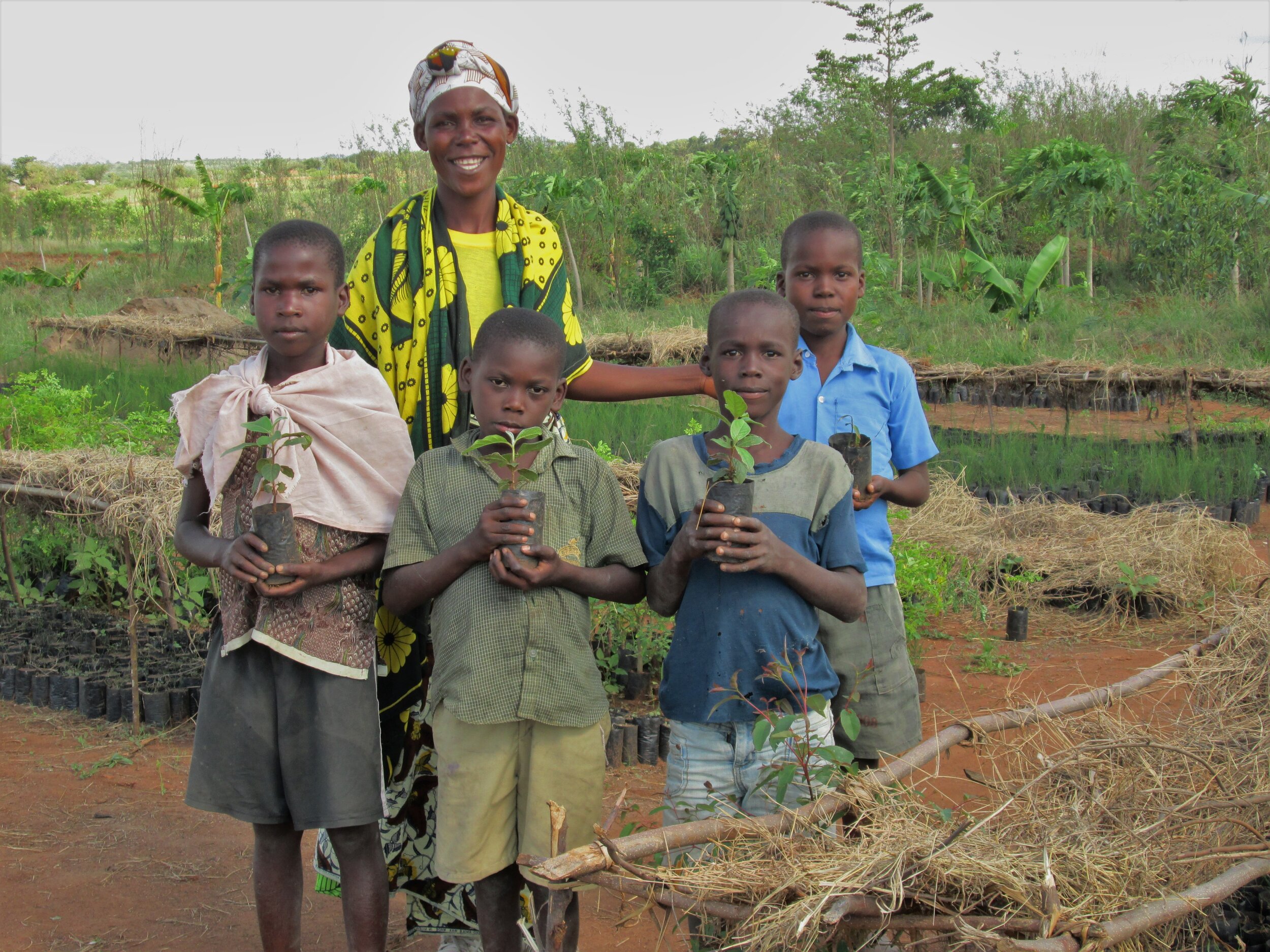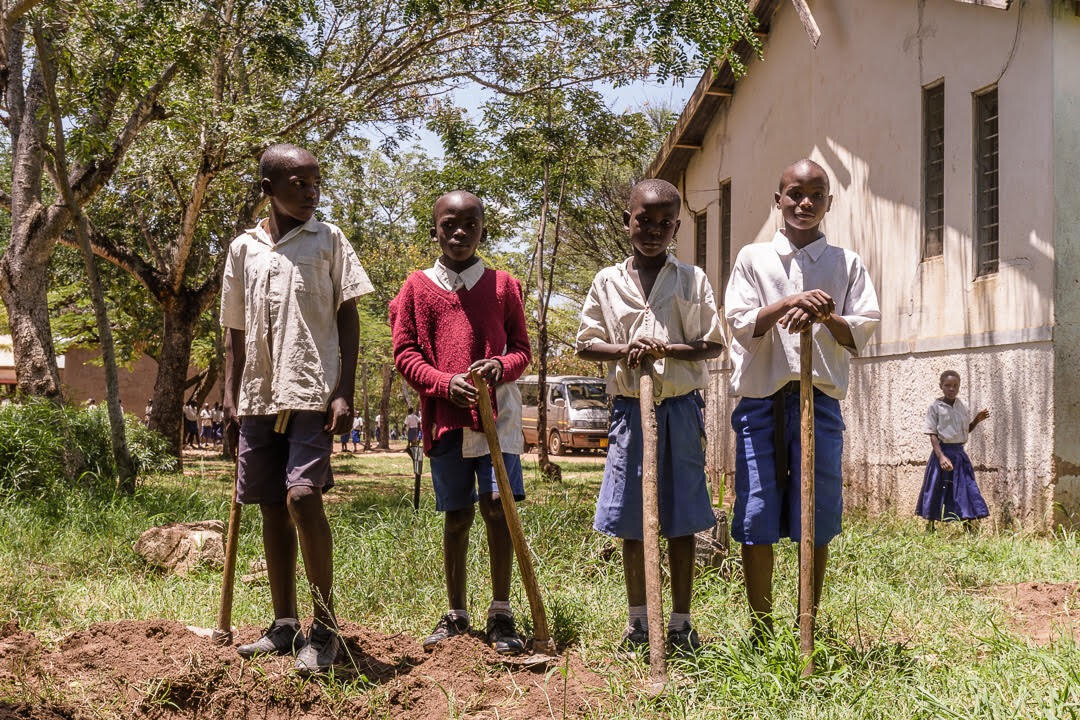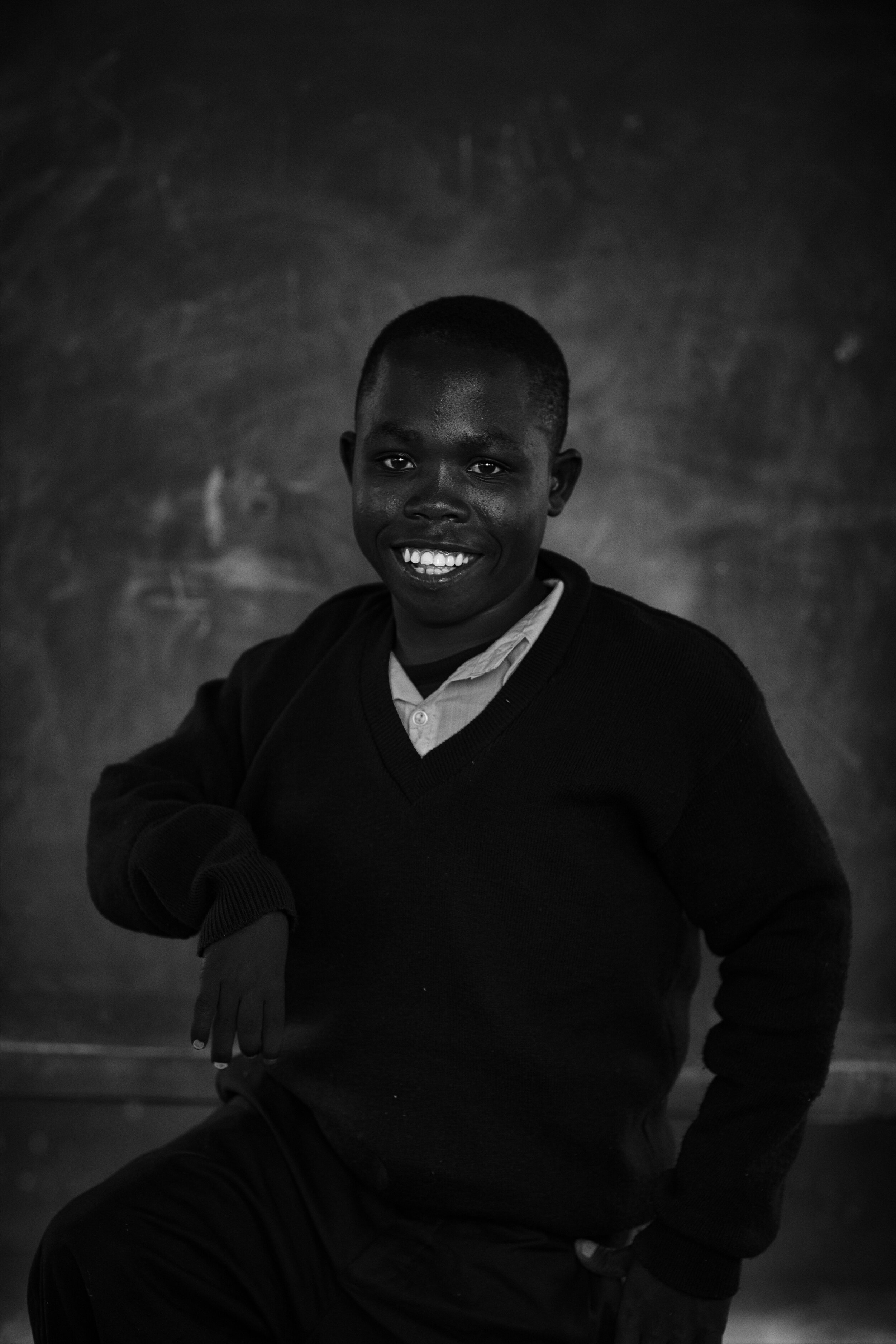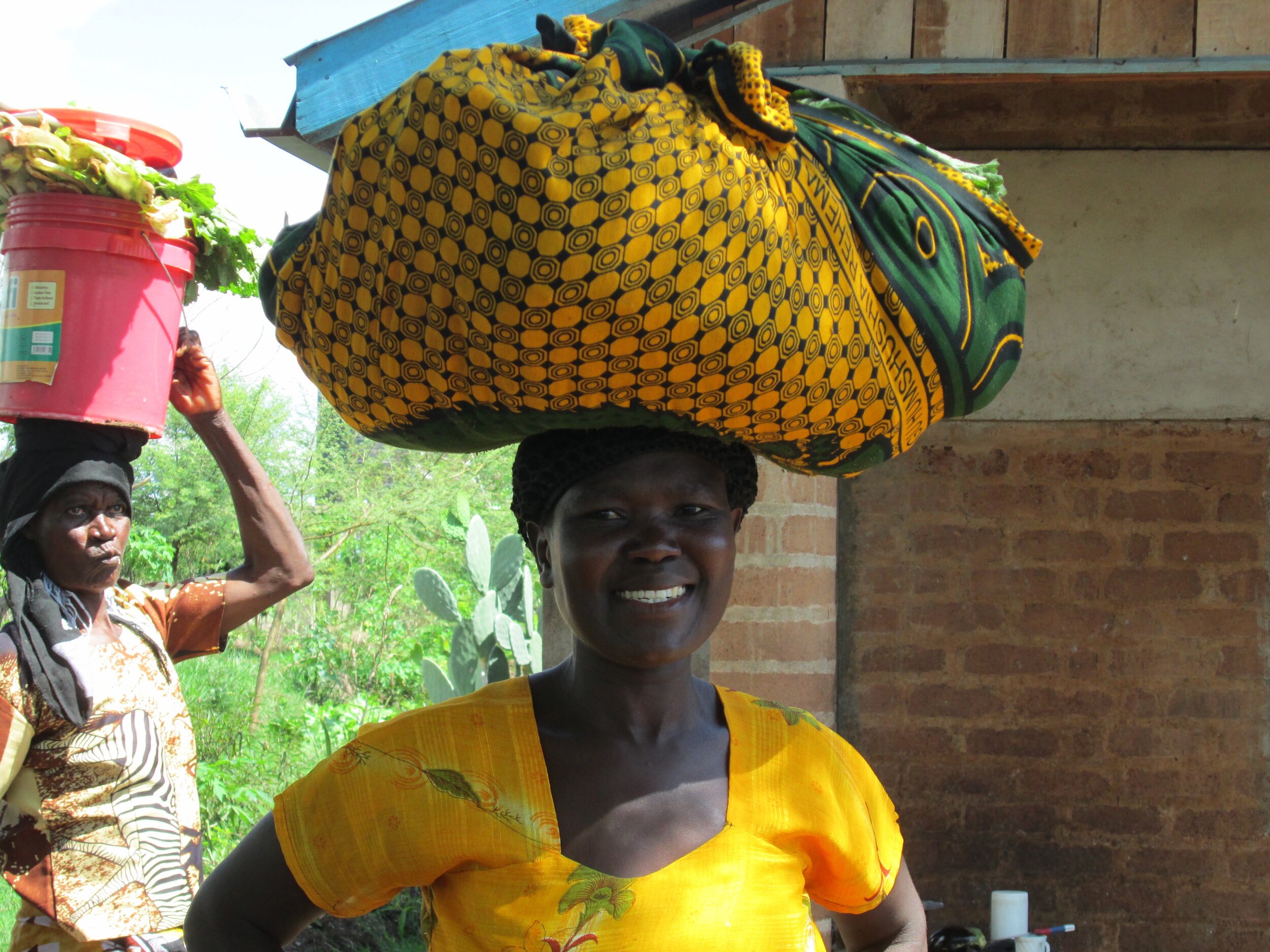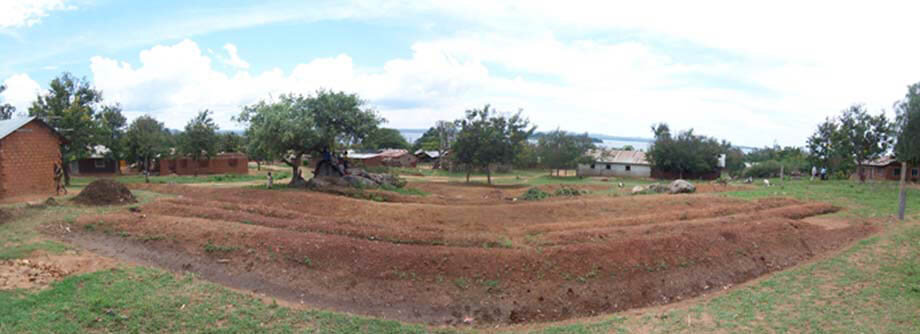
Our Programs
Program Shortcuts
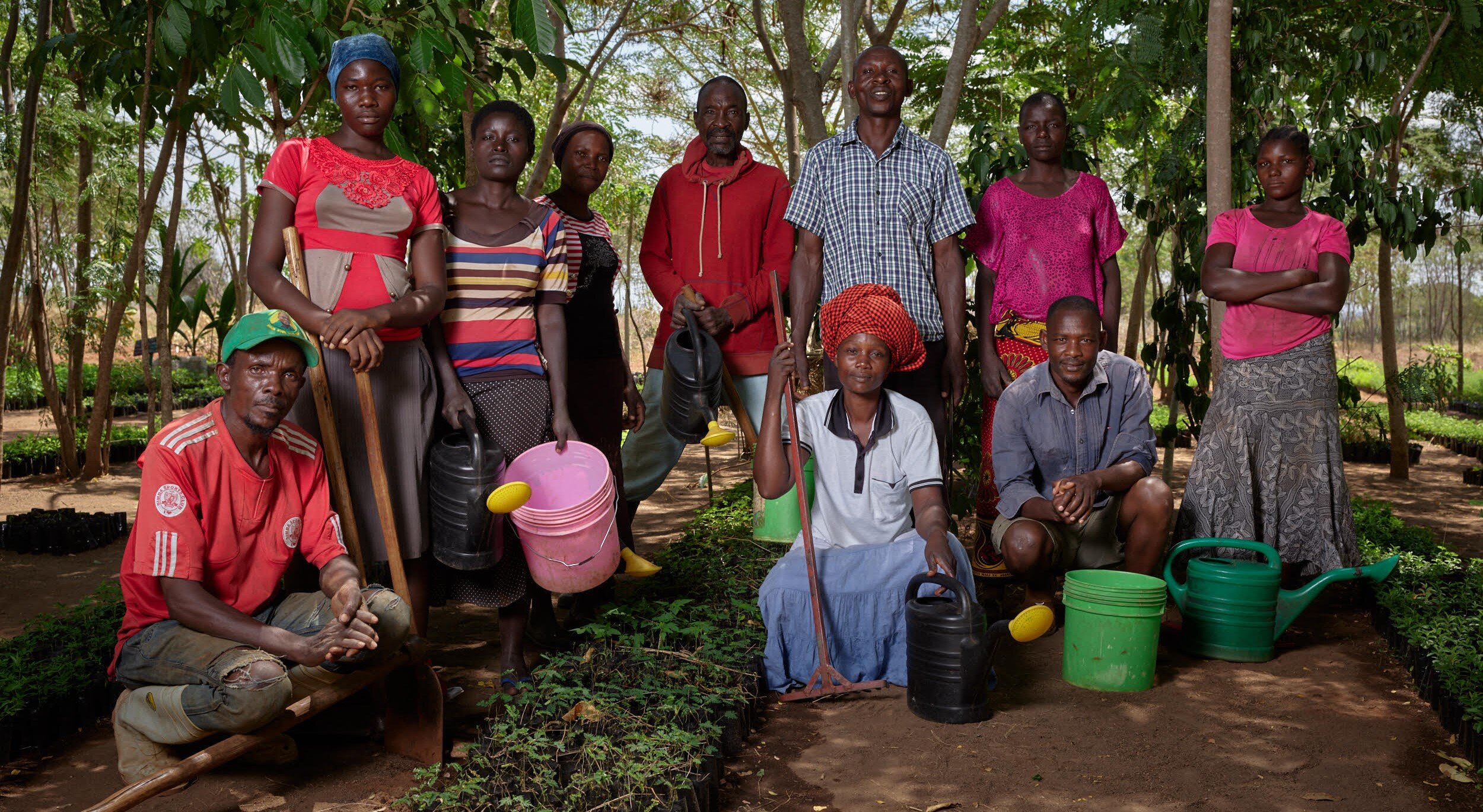
Reforestation Butiama Hillside Project
A Documentary Produced by Justin Bastien,
in collaboration with Chris Lorimer and J.D. Raper.
Our Reforestation Program:
Butiama Hillside Project is implemented under the agreement of two partners (members of a consortium) i.e., Global Resource Alliance Tanzania (affiliated by Global Resource Alliance- United States of America) and WeForest. WeForest, headquartered in Belgium, is a major force for landscape restoration in many countries throughout the world. WeForest provides the bulk of the financing and technical support for our Butiama Hillside Project.
Forest restoration in the Butiama District focuses on nurturing back forest on the hillsides and increasing the tree components in the wider landscape. This program also involves the creation of community forests of these hillsides with a legal status and to improve the water catchment and as such dried-up water springs. Forest restoration is intended to be supported by assisted natural regeneration and the introduction of woodlots and agroforestry systems that will improve the livelihoods of the local population.
Community Engagement
Families and representatives of communities living close to the conserved hillside organizations are enrolled in the project and registered in groups through which they receive training to practice agroforestry in their respective individual farms. When prompted they are eligible to receive as many tree seedlings as they can plant and care for in their respective agroforestry systems of their choice. The individuals are responsible for the care of the seedlings and are required to attend tree planting training before receiving their trees at the Butiama Agroforestry Training Center. GRA – Tz staff makes site visits to provide technical support before, during, and after the seedlings have been planted to ensure they are being properly protected and cared for.
Varieties of Trees
We offer a large variety of useful trees for agroforestry systems. These trees are meant to provide farmers with the availability of fodder, fruits, soil nutrients, medicinal values, building poles, firewood, timber, and more. For example, the benefits of papaya and Moringa Oleifera are superfoods packed with vitamins, minerals, protein, and nutrients that can combat malnourishment in children, pregnant women, and those living with HIV/AIDS. Neem (Azadiratcha indica) can be used to treat many diseases including malaria, especially when combined with Artemisia annual.
All Varieties
Neem (Azadirachta Indica)
Moringa oleifera
Jatropha
Lemon (Citrus limon)
Orange (Citrus sinensis)
Mango (Mangifera Indica)
Avocado (Persea Americana)
Guava (Psidium guajava)
Pawpaw or Papaya (Carica papaya)
Banana (Musa sp)
Passion Fruit (Passiflora incranata)
Mulberry (Morus nigra)
Pineapple (Ananas comosus)
Contact
Specioza Kifutu, Reforestation Project Manager
Phone: +255 757521088
Email: specioza@globalresourcealliance.org
Address: Butiama Agroforestry Training Center
Butiama, Mara Region, Tanzania

Orphan Support
A Documentary Produced in 2019 by Justin Bastien,
in collaboration with Chris Lorimer and J.D. Raper.
Our Orphan Support Programs
GRA is committed to supporting orphans and vulnerable children in the Lake Victoria region of Tanzania. The need far outweighs our ability to meet it, but we do our best to respond to the growing demand. Already, hundreds are being helped by our combined efforts, and we hope to reach many more as time goes on.
Two Orphans Programs Underway
GRA is currently funding two orphans support programs - Tumaini Kwa Watoto and Kinesi Orphans Program. Both are operated by our sister organization, Global Resource Alliance - Tanzania (GRA-TZ).
Tumaini Kwa Watoto Program (Hope for the Children)
This program provides essential support for 66 orphans or vulnerable children living with extended family (usually grandparents or aunts and uncles) in the Musoma area of Tanzania. Participating families receive monthly nutritional support (maize and beans), and the kids receive school fees, school supplies, tutoring, clothes, mattresses, sheets, mosquito nets, soap, basic healthcare and weekly group activities such as art, drama, sports and singing.
Kinesi Orphans Program
This program is for children in Kinesi Village (near Musoma across Lake Victoria). Currently, 66 orphans and vulnerable children are enrolled in the program. They receive school fees, tutoring, clothes, mattresses, sheets, mosquito nets and basic healthcare. Like the kids in Musoma, thee kids receive school fees, school supplies, tutoring, clothes, mattresses, sheets, mosquito nets, soap and basic healthcare.
Since 2010, the guardians of these children are invited to participate in a GRA funded permaculture project in Kinesi. Families contribute to an eight acre community plot near the shore of Lake Victoria, and are also supported to grow their own family permaculture gardens in the plot and at home. The goal of this program is to empower these families to cultivate their own nutritious, organic food in a way that is sustainable and affordable.
Children in both GRA orphans programs receive scholarships for college through a Bachelor’s degree or vocational training.
Sponsor an Orphan
Aids kills nearly 6,000 people each day in Africa (most of them in sub- Saharan countries). Many are young adults, and in Sub-Saharan Africa alone nearly 14 million children have been left behind as orphans of this disease. These numbers keep growing and are clearly daunting. We need a united effort from all sides - governments, international organizations, researchers, non-profits and individuals like you and me - to help find solutions for this pandemic. Salvaging the lives of 14 million children in the world is beyond the means of any one of us, but helping just one child to have a better life is something that almost any of us in the Western world can afford.
Your contribution of $25 a month will support a child in the Lake Victoria region of Tanzania. This support includes organic food, school uniforms, clothes, school fees up to higher education, professional training, school supplies and healthcare for the orphans and their guardians.
Just $25 can make a dramatic difference in the life of one of these orphans. It can mean the difference between life in the streets, or life with a caring foster family, educational opportunities, health care and the nutritional support that all children deserve. I hope you will consider making a difference in the lives of one of these children.
Please email globalresourcealliance@gmail.com or click on the Donate button below if you would like to become a monthly sponsor.
Please consider donating to a good cause!
If you choose to use the Paypal Donate button below, please enter $25 per child you would like to sponsor and make this a monthly donation. We will contact you upon receiving your donation to confirm the child you are sponsoring and send you their picture and bio. If you would prefer, you can send a check to Global Resource Alliance, 963 Oso Rd, Ojai, CA 93023.
Thanks for making a difference,
Tara Blasco
Sponsorship Coordinator
A gallery of orphans we support with your donations:
by Justin Bastien, in 2019








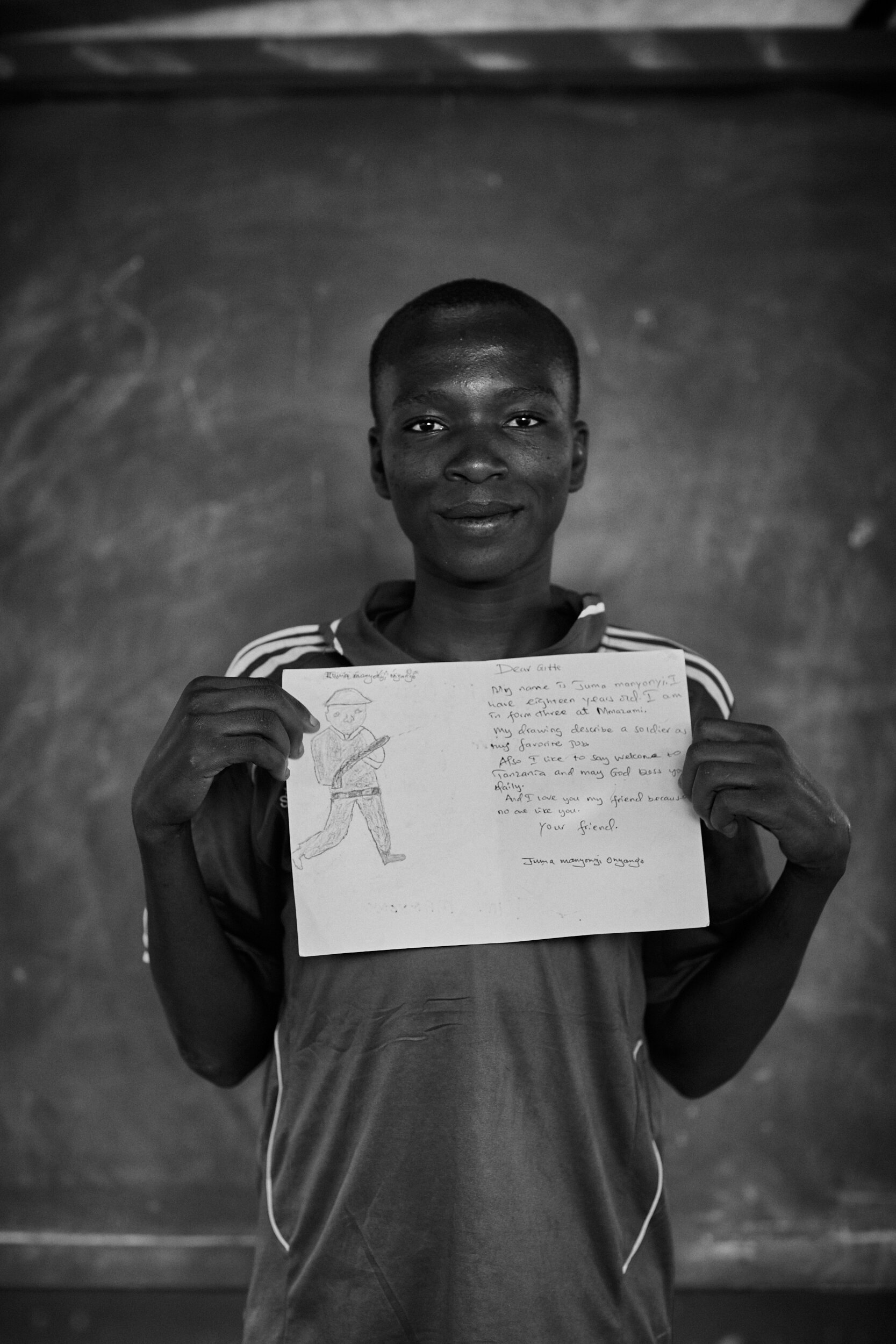





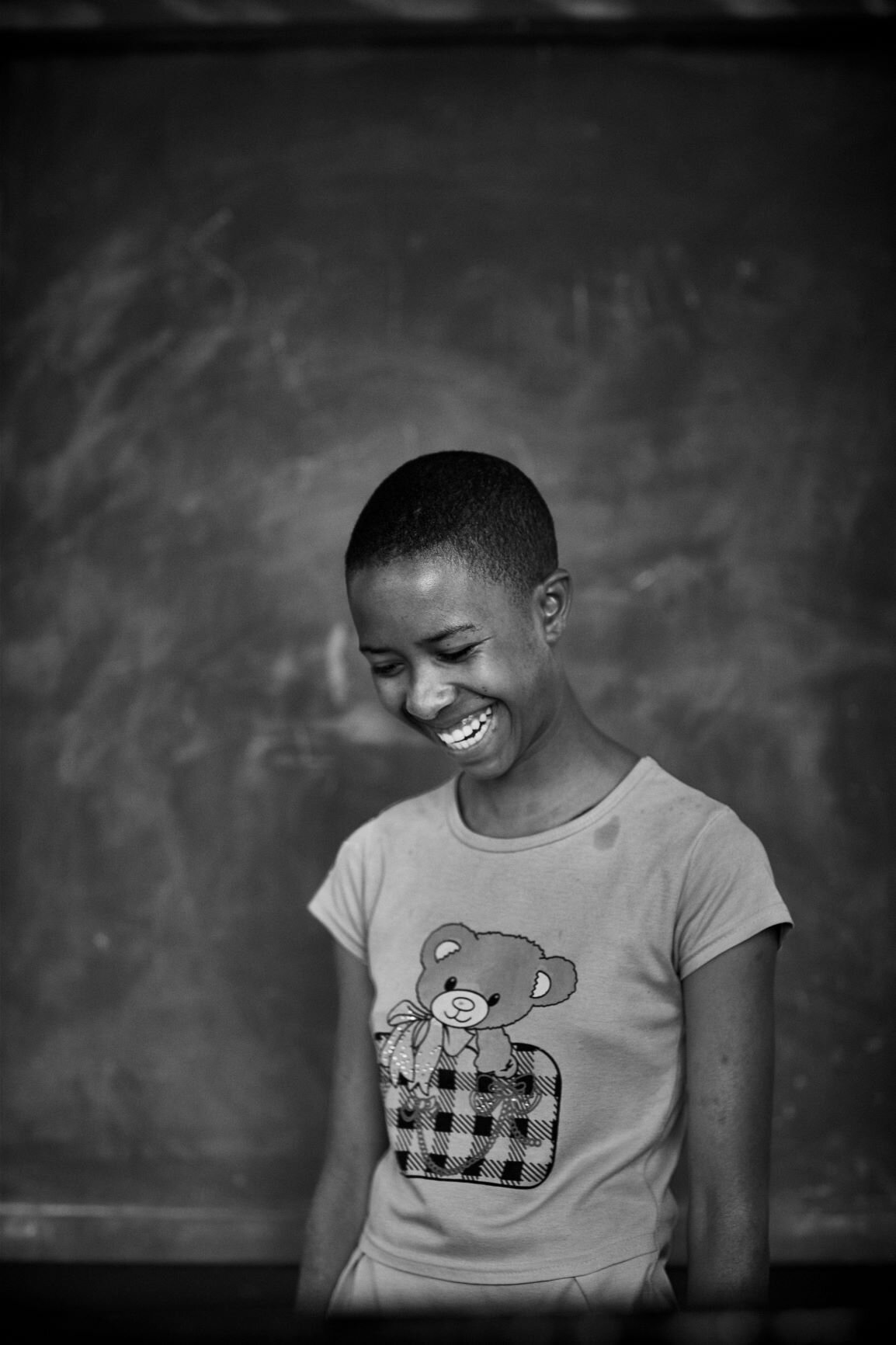






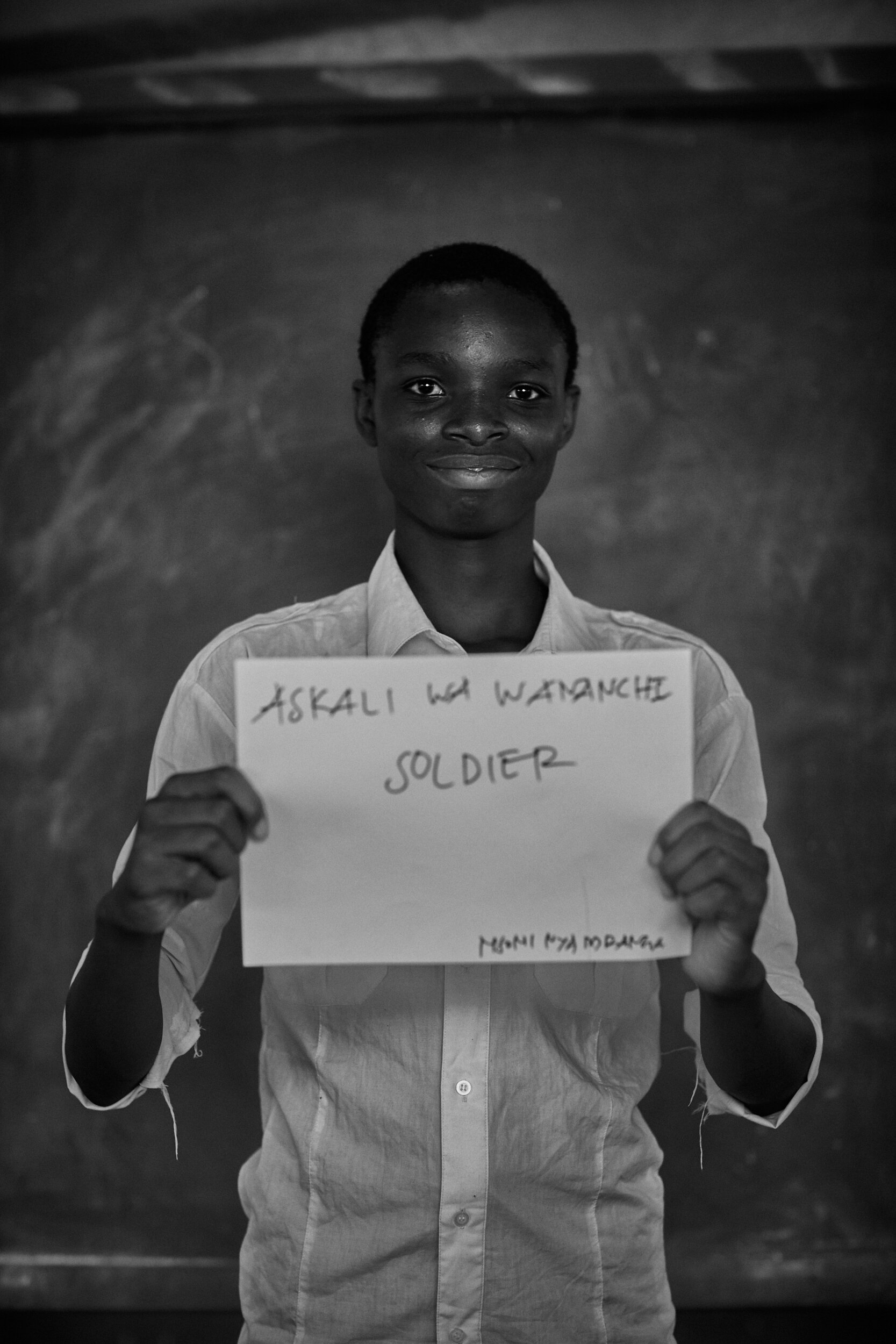

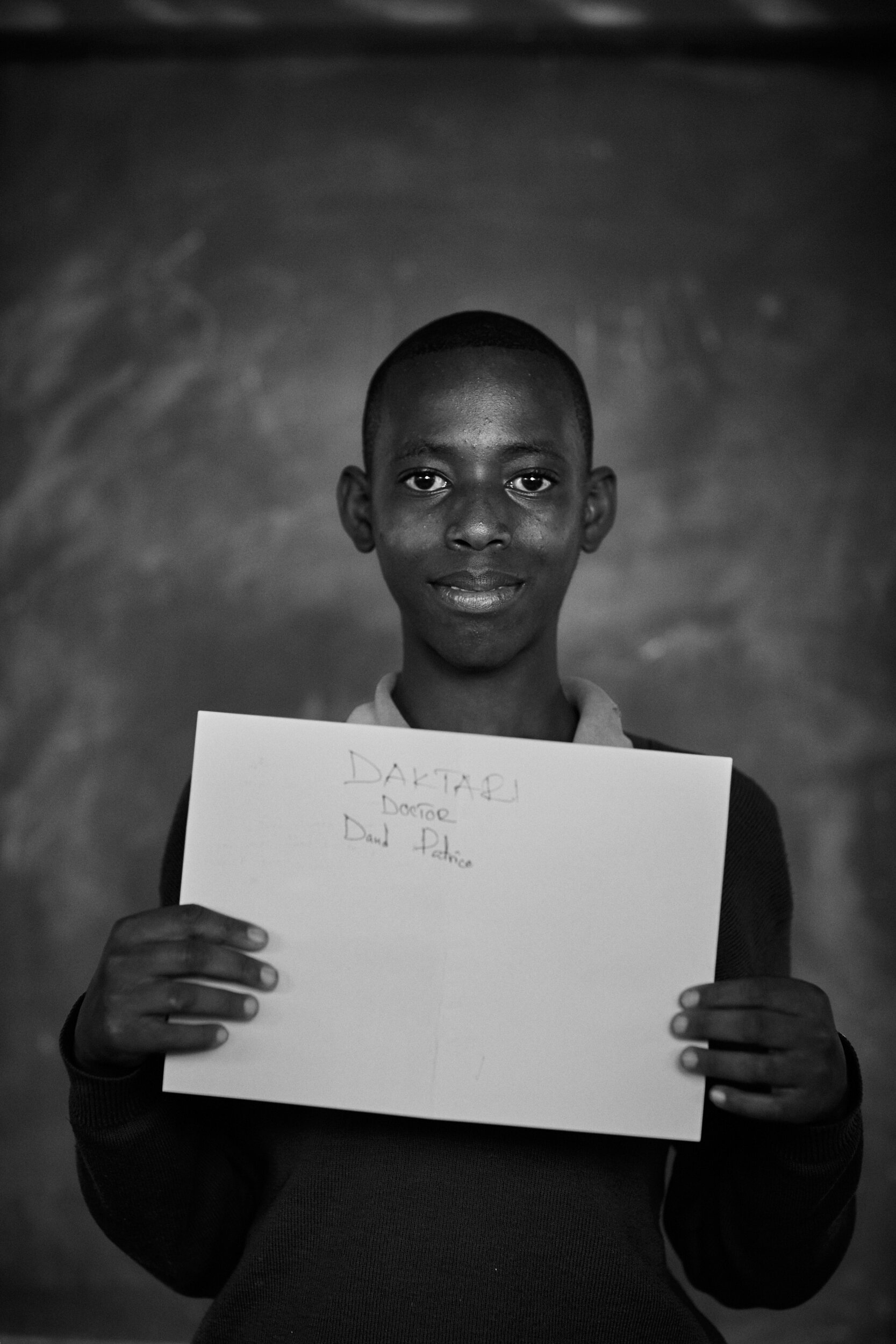


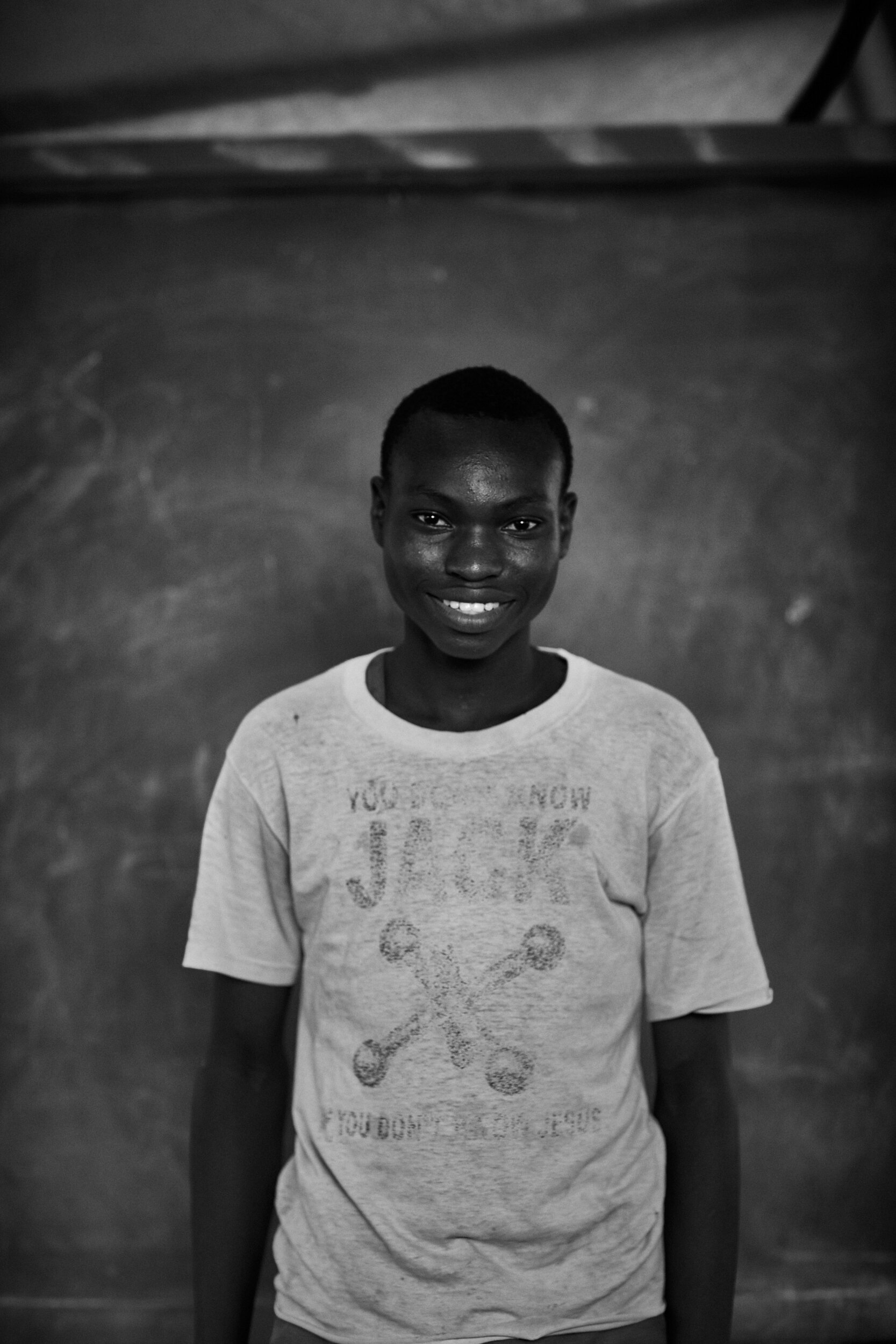


















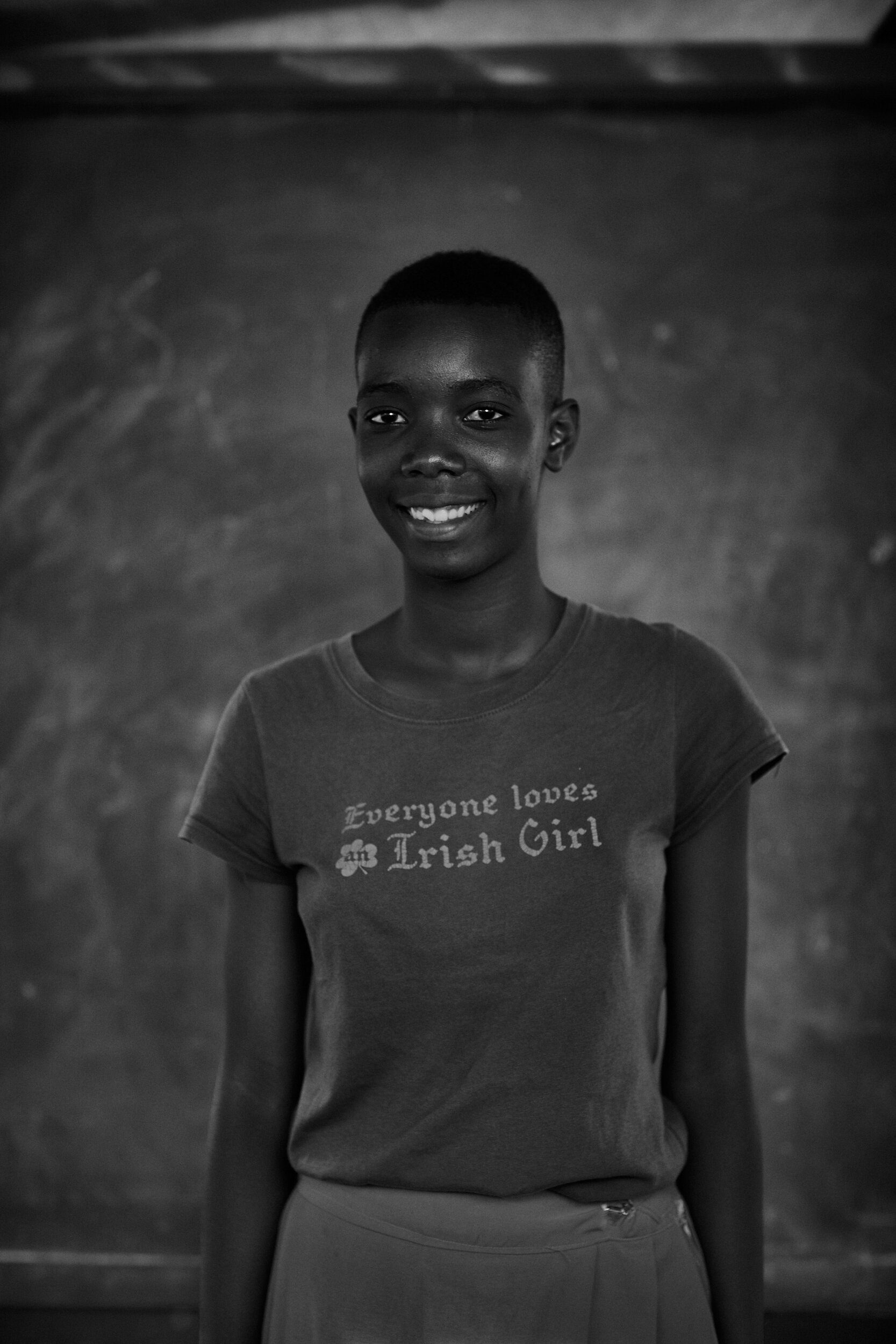


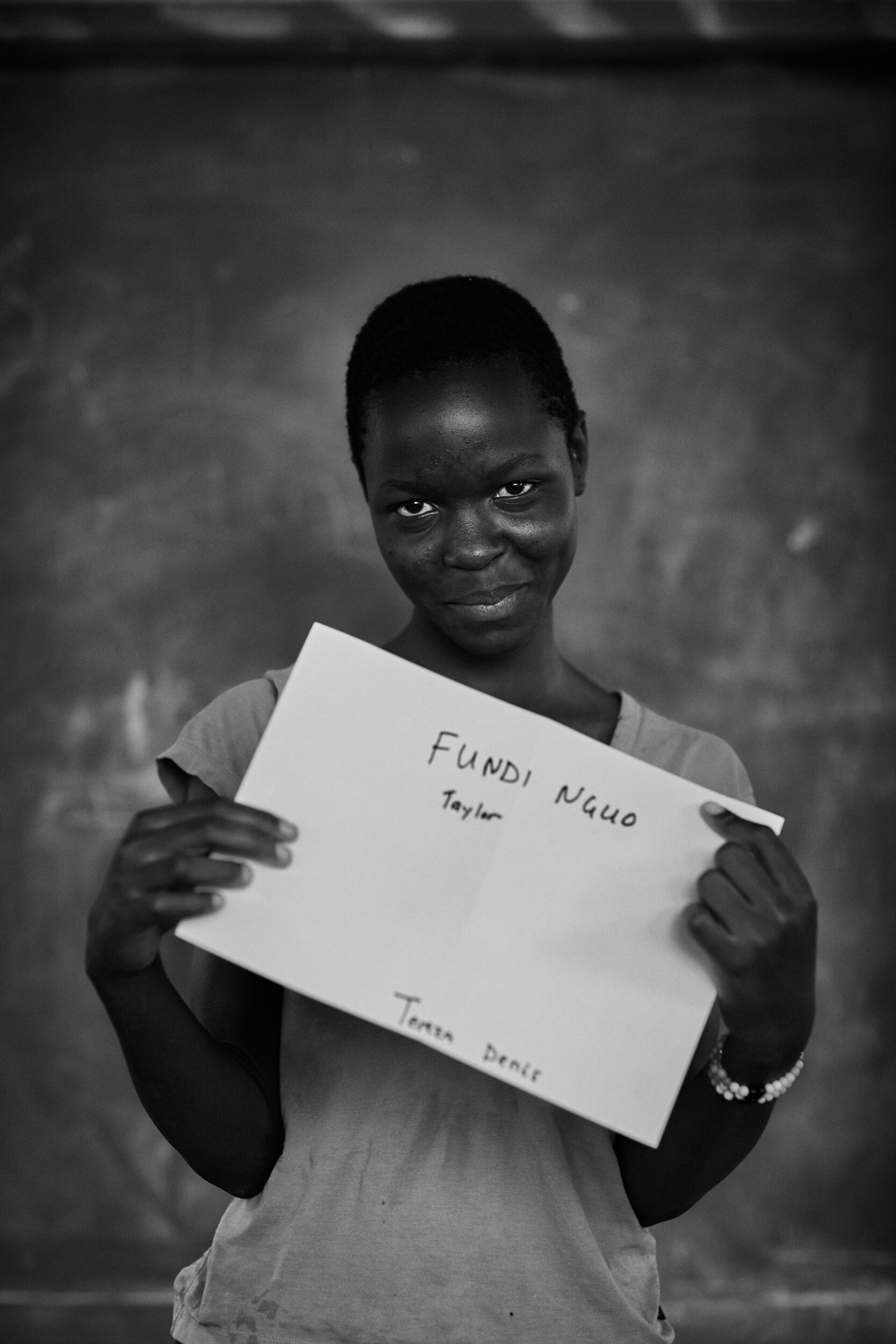

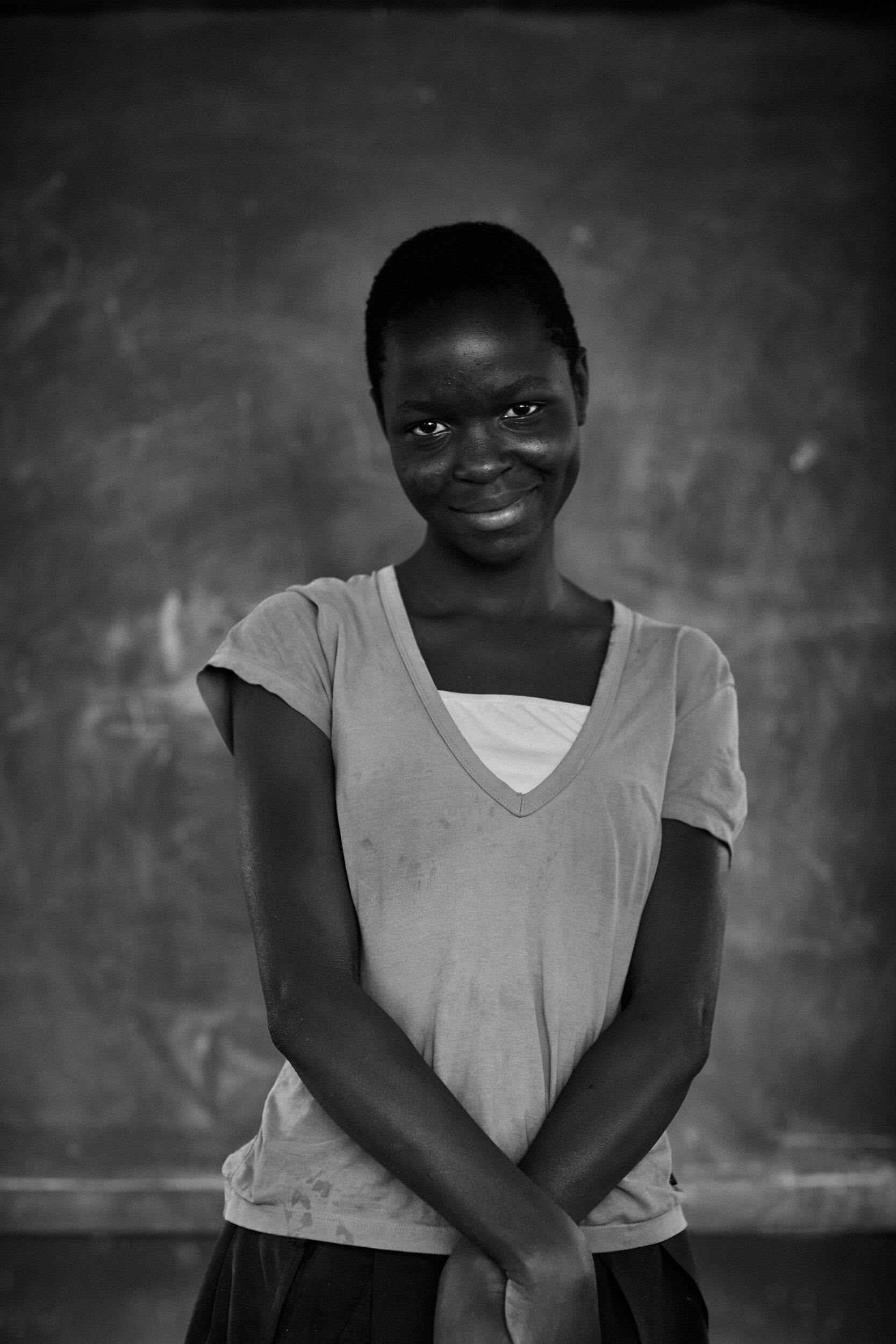

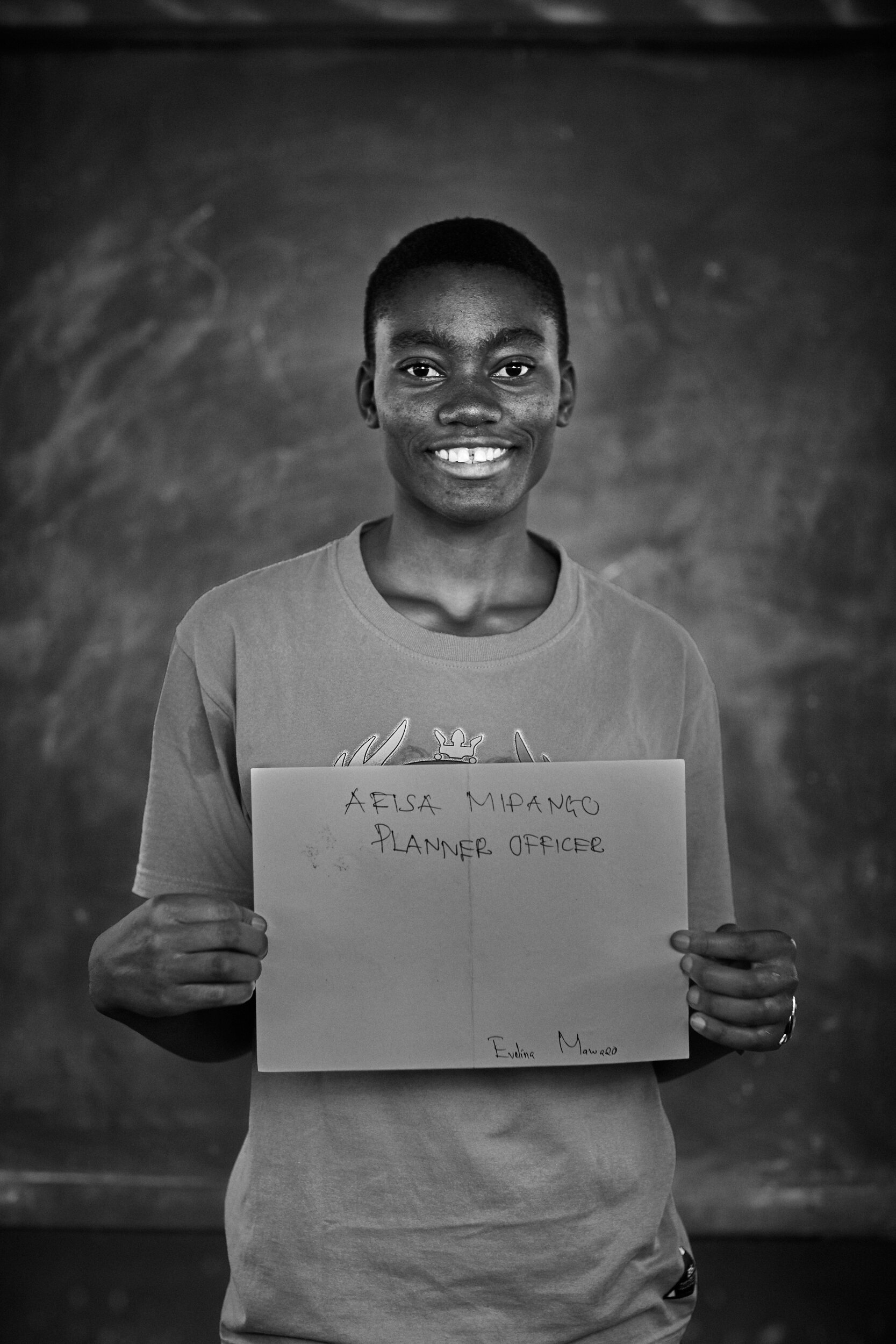

Our Herbal Remedy Program
Herbal Remedies
A Documentary Produced in 2019 by Justin Bastien,
in collaboration with Chris Lorimer and J.D. Raper.
Locally Grown
We believe that natural, affordable, locally grown herbs and trees provide an important, and often overlooked, solution to the many health challenges facing residents of Tanzania's Lake Victoria region. Our main efforts in this area have been promoting the use of a variety of herbal remedies, including neem and Moringa oleifera.
Since 2008 we have developed our own herbal department at the GRA-Tanzania office in Musoma town. The GRA herbal department is staffed by a certified herbalist, Lucy Ndege, and an assistant who specialize in the production of herbal remedies that are sold at markets and at the GRA-TZ office. Free workshops are also provided to groups with special needs like orphans, the elderly and very poor populations.
About Moringa Oleifera
Moringa Oleifera, a fast growing, drought resistant local tree, is said by practitioners of Ayurvedic medicine to prevent over 300 diseases. The leaves of the Moringa tree also have extraordinary nutritional value - 7 times the Vitamin C of oranges, 4 times the Calcium of milk, 4 times the Vitamin A of carrots, 3 times the Potassium of bananas and twice the protein of yogurt. They make a perfect and economical supplement to the diet of people in the region that both strengthens the body and prevents many common diseases.
Amazing Health Benefits
Moringa Oleifera is considered the multi-vitamins and minerals of the developing countries. We dry and powder the leaves to create a moringa superfood.
Moringa seeds are also well known for their ability to purify water. Most people in the area don't have access to clean water, and can't afford charcoal to boil water from polluted sources before drinking it. Typhoid fever, cholera, and parasitic infections are the all too familiar consequences. GRA has funded several programs by local non-profits that include instruction in the use of Moringa seeds for water purification.
About Neem
In natural medicine, the Neem Tree (Azadirachta indica) is recognized as an effective treatment for many diseases. The first records of its use date from about 4,500 years ago. And although Neem has been used in India for thousands of years, this natural treatment was not introduced to the Western world until recently. The uses of Neem are many and varied - crop protection, insect repellent, treatment of various skin disorders as well as systemic bacterial, viral and fungal infections and for the prevention and treatment of malaria, among others.
A six month supply costs only 70 cents US
In 2005, GRA introduced a homeopathic neem tincture in the Lake Victoria region that was originally developed by the Abha Light Foundation in Nairobi, Kenya for the prevention and cure of malaria. This homeopathic remedy is an ethanol based tincture carrying the medicinal properties of neem leaves. The tincture is easily produced, and a six-month supply for one individual in Tanzania costs only about 40 cents US.
Neem is highly effective in preventing and treating Malaria
GRA has been producing and promoting the use of Neem drops in the Mara region as well as distributed for free to participants in the orphans’ programs. Preliminary data suggests that the Neem tincture is highly effective for malaria prevention, as well as in treating patients with chronic malaria.
Malaria Prevention
One child in Africa dies every 30 seconds from Malaria
Malaria is the number one health challenge for people living in the Mara Region of Tanzania. According to UN estimates, one child in Africa dies every 30 seconds from malaria. It accounts for one in five childhood deaths. GRA is responding to this crisis by promoting and subsidizing the use of a homeopathic neem tincture and mosquito bed nets to prevent malaria, as well as the use of Artemisia annua to treat malaria.
NATURAL WAYS TO PREVENT & TREAT COMMON TROPICAL DISEASES
Download GRA's original Neem study...
Mosquito Bed Nets
Most malaria carrying mosquitoes bite at night, making mosquito bed nets especially important in the prevention of the disease. Sleeping under a mosquito net is one of the most effective ways to prevent infection, yet same estimate only half of the children in Africa sleep under mosquito bed nets.
GRA has donated more than 5,000 nets
GRA has subsidized and donated over 5,000 nets to families living in Musoma and Kinesi Village. Since two to three people generally sleep under the same mosquito net, the total number of individuals benefiting is considerably higher. GRA will continue to raise funds to address the challenge of malaria far into the future.
Artemisia Annua
Artemisia Annua is an herb traditionally used in Chinese medicine to treat inflammation, fever, viral infections, parasites, diabetes and other conditions. Artemisia grows well in the tropics and has demonstrated its effectiveness to treat malaria.
GRA is growing, harvesting, drying and powdering the leaves to produce a tea as well as capsules for the treatment of malaria with very good results.

Our Mission for Primary Water
Water is essential to overcoming hunger, poverty and disease, yet worldwide, more than one billion people still lack access to clean, safe drinking water. Five million people, mostly children, die each year from water-borne diseases - double the number of deaths caused by AIDS. Some 60% of all infant mortality is linked to infectious and parasitic diseases, most of them water-related.
In December 2003, the UN General Assembly proclaimed the years 2005 - 2015 to be the International Decade for Action, "Water for Life" - an international drive to bring safe water and basic sanitation to communities around the world. The goal set by the UN Millennium Project is to halve, by 2015, the proportion of people without sustainable access to safe drinking water and basic sanitation.
GRA responded to the call by initiating a bold and unconventional water resource development project called "Maji Mengi" (Abundant Water). In 2008, we imported a new DeepRock drilling rig, Atlas Copco air compressor and used vehicles from the UK to drill boreholes for rural communities, schools, health centers and churches utilizing theories developed by the late Stephan Riess, of Ojai, CA. Our volunteer project consultant, Pal Pauer, is a protégée of Riess with over thirty years experience locating and tapping the abundant, clean water found in fractured primary rock.
GRA ended its primary water project in 2018, but in the 10 years it was active, we completed 135 successful boreholes serving nearly 50,000 people in villages, schools, public and private organizations, and various government institutions.
$30 per person - For a Lifetime of Clean Water
A single borehole typically serves about 300 people and costs under $9,000, including a top quality, Dutch-made hand pump. At $30 per person for a lifetime of clean, safe water, the cost is significantly less than what villagers pay for the wood or charcoal needed to boil contaminated water formerly collected from up to 5 miles away. To take the risk out this sizable investment, GRA guarantees that the boreholes we drill yield enough high quality water to justify the installation of a hand pump - or the village pays nothing.
About Primary Water
Primary water theory states that water is created within the Earth's interior and travels toward the surface via fissures and fractures in primary rock. This water represents new additions to the standard hydrological cycle. It can be accessed by drilling into bedrock, often at depths of just 100 to 300 feet. Also referred to as new, juvenile, magmatic or earth-generated water, mention of primary water can be found in modern literature, although it is not generally recognized as significant by the hydrological community. Accordingly, it's potential to ameliorate the world's growing water crisis remains largely unrealized.
Evidence of primary water comes from a variety of sources. Natural springs, for instance, can be found throughout the world that have been producing thousands of gallons of pure, fresh water per minute continuously since biblical times. Many of these, like the Fountain of Apollo in Libya and the Ain Feigh in Syria, have seeded civilizations. Others, like giant springs of Florida, are merely wonders of nature.
In addition to these naturally occurring springs, primary water is often encountered accidentally when tunneling through rock for mines, roadways or waterways - even at high elevations, far above any drainage basin. The famous Comstock silver mine on the Eastern slope of Mt. Davidson near Nevada City, for example, pumped over 5 million gallons a day out of flooded mineshafts until the pumps failed and the mine was closed in 1886. In the 1950's water was struck tunneling through the Santa Ynez Mountains in Santa Barbara that flowed at over 13 million gallons a day. Construction was halted until the gushing fissure could be sealed.
Many castles in Europe, built hundreds of years ago on high rocky promontories, have wells hand hewn in solid rock that have been producing fresh, pure water for centuries. More recently, in the past ten years, exploration projects in Sudan, Somalia and the West Indies islands of Trinidad and Tobago have successfully tapped the abundant water locked in fractured bedrock. By defying conventional hydrological wisdom, an innovative engineering company was able to obtain yields of up to 50 times that estimated by the "experts", at a fraction of the cost of other alternatives.

Our Permaculture Program
Permaculture
A Documentary Produced in 2019 by Justin Bastien,
in collaboration with Chris Lorimer and J.D. Raper.
Permaculture at GRA
Global Resource Alliance (GRA) was introduced to permaculture in 2006 at a workshop in Santa Barbara, CA with Geoff Lawton. Permaculture offered a path to connect and expand GRA’s current programs in organic gardening and tree planting, and GRA’s future plans for sustainable building, rainwater harvesting and alternative energy.
Permaculture Design Course
The following year, GRA organized a successful two-week Permaculture Design Course with Geoff in Musoma, Tanzania – the first PDF ever offered in Tanzania. After the training, several of the local permaculture graduates began collaborating with GRA to develop permaculture gardens and further promote the principles of permaculture to address the problems of food scarcity, poor housing, deforestation and other pressing environmental issues in the area.
Good Design
Preparation of the land using "swales" to hold water and allow it to seep into the ground. The first step in permaculture design.
Swale construction demonstration project in Kinesi Village.
Active Plots In Tanzania
We now have two active permaculture demonstration plots in Tanzania. The first demonstration permaculture plot is a half-acre on our office compound in Musoma. The garden provides vegetables and fruits to prepare the meals for staff and volunteers. Musoma orphans meet here in the shade of our pavilion to collect sundries and participate in fun weekly activities like art, singing, drama and sports.
9 Acres Donated by the Local Government
GRA's 9-acre permaculture plat in Kinesi Village has been transitioned to the care of the families caring for orphans in the village including all fencing, storage facilities, and outbuildings. These families have received years of training in permaculture and will now take responsibility for the plat's management. A village association of orphan's guardians was set up some years ago for this purpose.
GRA's 3rd Plot now flooded!
The third 2.5 acre site also hosts a three bedroom compressed earth block house that used to serve as a home for one caretaker and up to four visiting volunteers. The demonstration home included a composting toilet and other simple, alternative technologies. Unfortunately, the plot was flooded by the rising waters of Lake Victoria during the Spring of 2020 rainy season and the levels haven’t come down enough to have access to the house and the land.
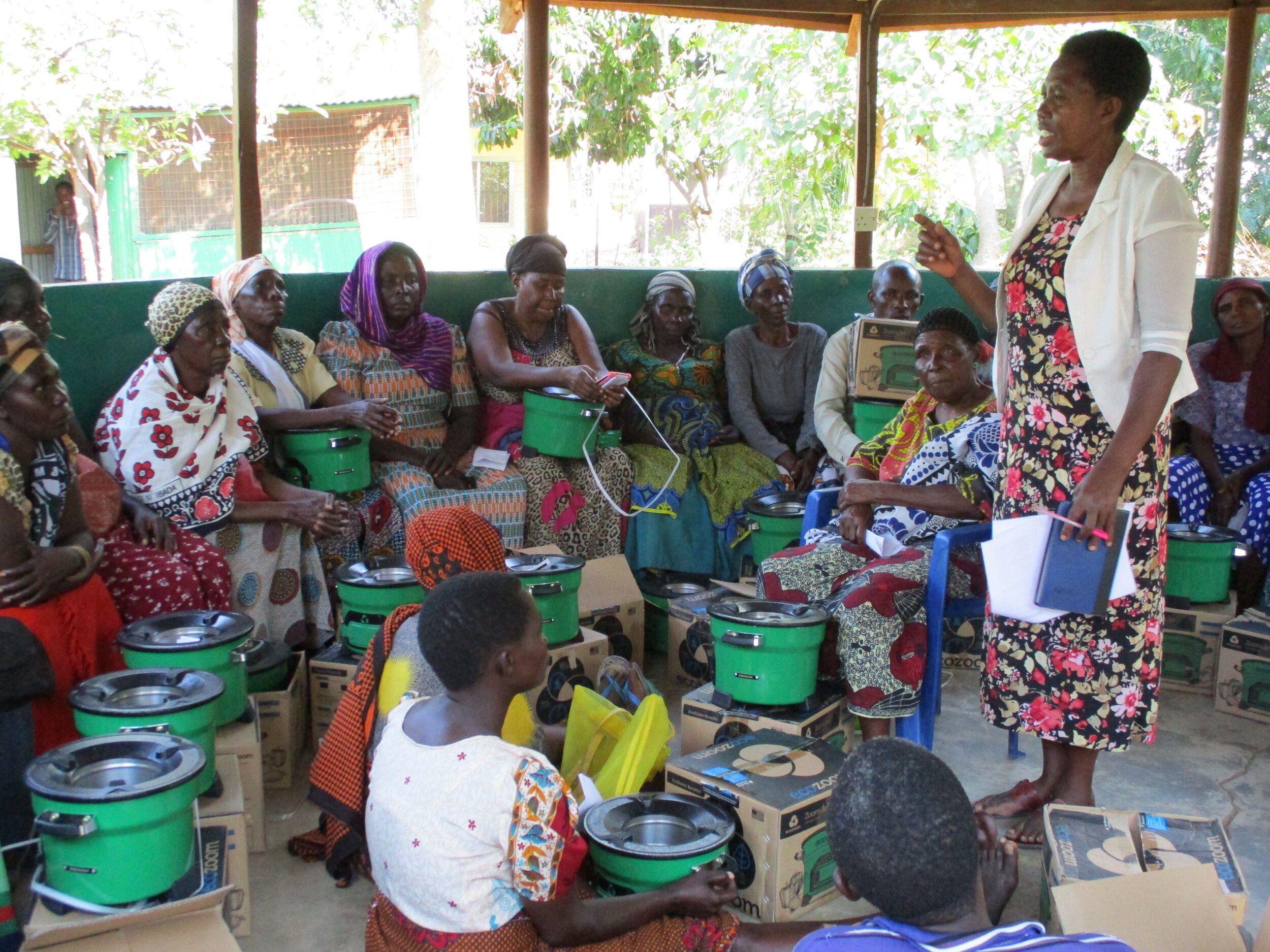
Cook Stoves
Clean Sustainable Stoves for Cooking
Global Resource Alliance – Tanzania has been distributing one of the world’s top fuel efficient, clean burning cookstoves via microfinance cooperatives, women’s groups and government guaranteed lay-away plans since 2018. Each stove reduces fuel consumption by 76%, toxic emissions by 58% and CO2 production by 57%. The result is reduced deforestation, reduced greenhouse gases, reduced indoor air pollution, improved health and significant savings – enough, in fact, to pay for the stove in a matter of months and then produce significant monthly savings for the remaining 4 to 5 year life of the cookstove.
Our cook using the EcoZoom stove
Women attending a class on the new sustainable cookstove at GRA Headquarters in Musoma.
The EcoZoom Cookstove
